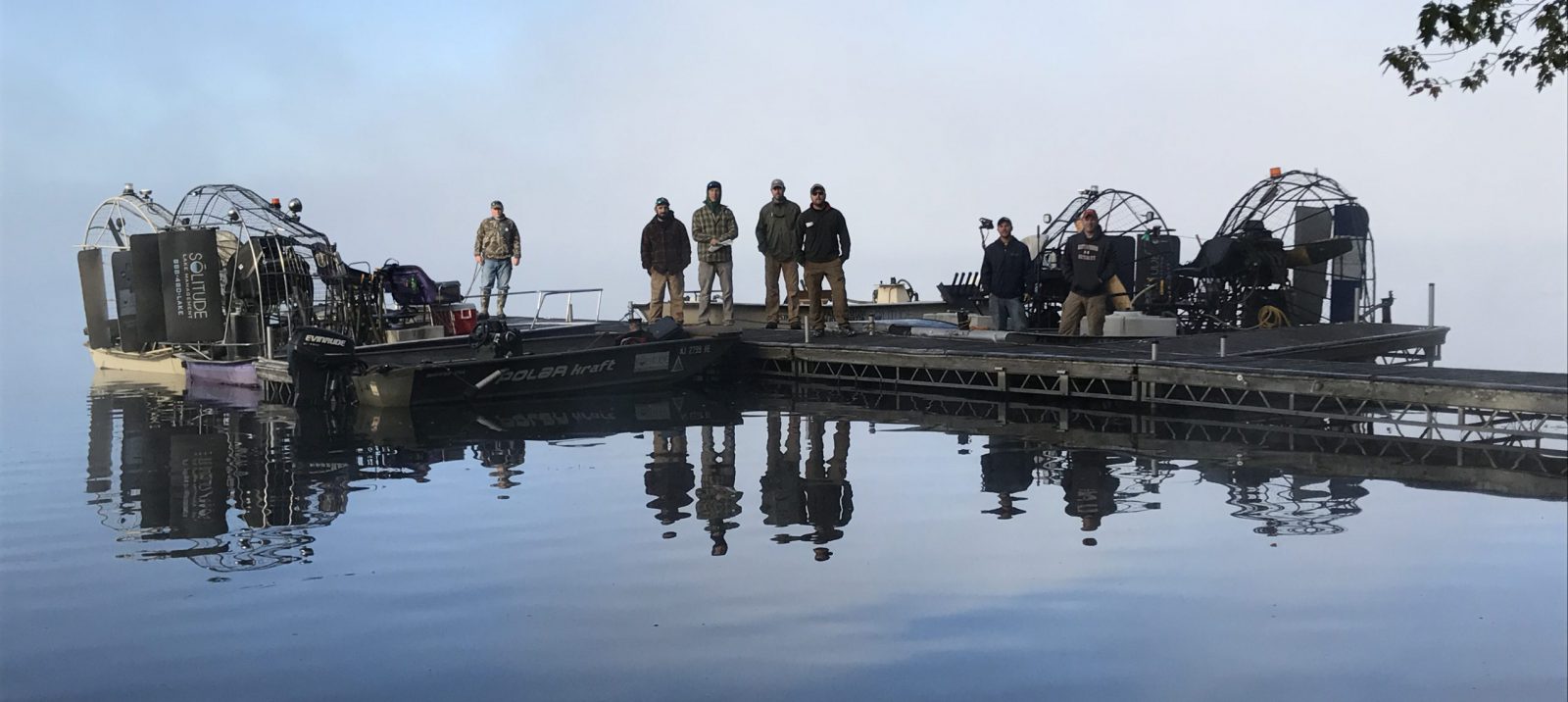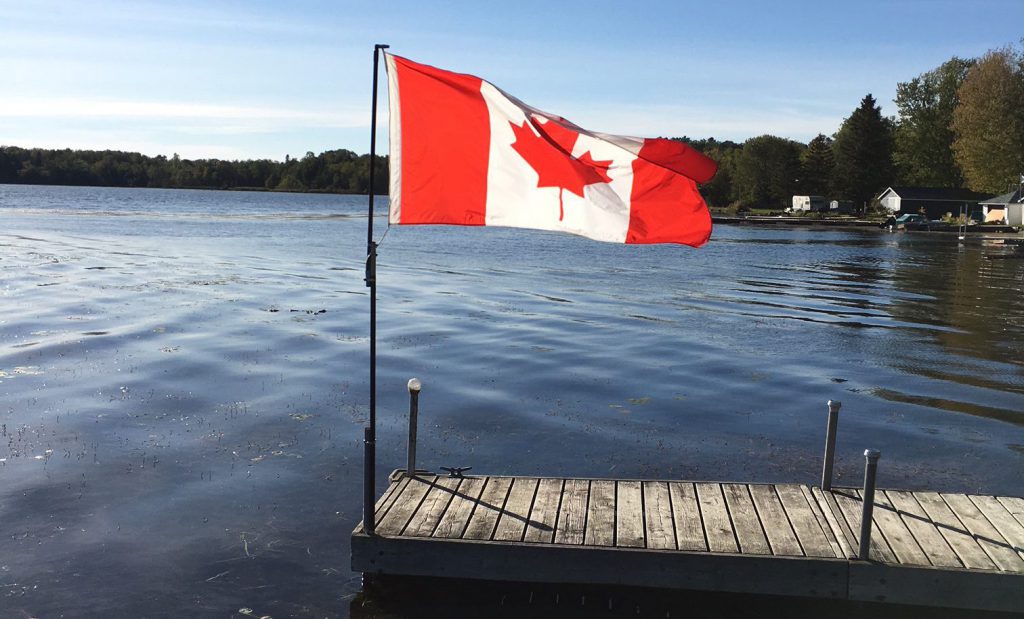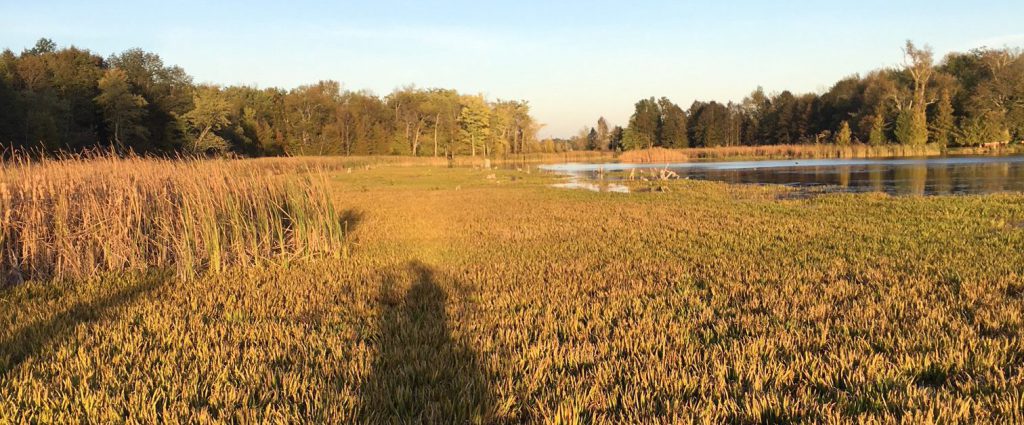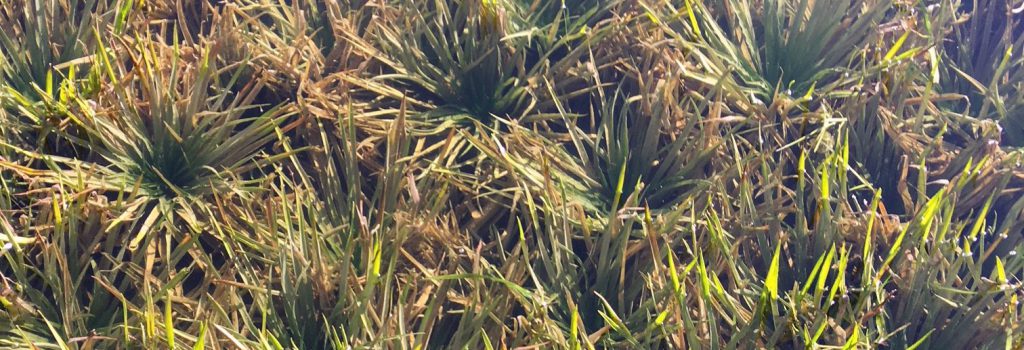

Case Study: Controlling Water Solider in Canada Lake
Location: Ontario, Canada
This waterbody provides a link between Lake Ontario in the southeast and Georgian Bay in the northwest, allowing boat navigation for its entire 240-mile length through a system of rivers and lakes, and 41 locks. Water Soldier (Stratoides aloides), an invasive aquatic plant that forms impenetrable mats on the water surface, currently infests an area of approximately 700+ acres within the waterway. The infestation was first reported in a nearby river, in the Municipality of Trent Hills in September of 2008. From there water solider has spread downstream to Lake Seymour and below Healey Falls at Crowe Bay. In 2015 the downstream extent of this infestation had reached Percy Reach, and by 2017 it has been detected as far as the Wilson Island area, just above Glen Ross dam. A multi–agency working group including the Ontario Ministry of Natural Resources and Forestry, Ontario Federation of Anglers and Hunters, Parks Canada, the U.S. Army Engineer Research and Development Center, Ministry of Environment and Climate Change (MOECC), Lower Trent Conservation, and Trent University determined that herbicide treatments within Lake Seymour and the additional sites were required to control and contain the spread of Water Soldier to new downstream areas within the waterway.

Scope of Work:
In Fall 2015, SOLitude Lake Management was awarded a contract to apply an aquatic herbicide to infestations of water soldier in the waterway, up to 150 hectares (370 acres). This contract represented the largest aquatic herbicide application to date in Ontario, leading the Ontario Ministry of Natural Resources and Forestry (MNRF) to extend the invitation to bid on the project to firms outside the province. Water soldier inhabits primarily shallow water (less than 4 feet deep) with soft, muddy substrates. Effective treatment with the herbicide selected requires the use of airboats and experienced applicators to navigate and treat the infestation successfully. SOLitude exceeded expectations and effectively treated 360 acres in just two days. SOLitude was the successful bidder on subsequent contracts awarded to conduct similar treatments in 2016 and 2017. In 2017, the application site was expanded to all known water soldier infestations, almost 700 acres, which staff completed in just 2.5 days.

Project Description:
Before any work could begin each year, SOLitude needed to overcome the logistical hurdles of a US firm working in Canada. This required establishing staff credentials and undergoing security clearance in order to obtain Work Permits in the Province of Ontario, under NAFTA guidelines. It also required the firm to obtain a license and insurance to apply pesticides in Ontario. In addition, trucks, boats, and application equipment needed to be “imported” to Canada at the border crossing, adding time and considerable cost to the project.
According to specifications for the 2017 project, the herbicide application to Lake Seymour (90+% of the water soldier) had to be completed over a three-day period. An additional day was allocated for treatment in smaller project areas, downstream of the main infestation in Crowe Bay, Percy Reach, and Wilson Island. In 2017, all sites were included on one Aquatic Exterminator Permit issued by the Ontario Ministry of Environment and Climate Change.
Water Soldier Treatment MapThe 2017 waterway treatment was conducted out of a local resort located on the east side of Lake Seymour, where the staff was lodged during the project. To achieve the goal of treating up to 700 acres in the small treatment window, SOLitude provided 8 staff members with 4 treatment airboats and two support boats for the project. Each treatment airboat was run by an applicator holding an Ontario Aquatic Exterminators license, which was obtained prior to mobilization. The supply boats transferred product containers and other necessary items from the base of operations to the applicator boats as needed, and rinsed the empty containers. Each boat’s application was tracked using GPS guidance and pre-loaded treatment plots. Water soldier that occurred in proximity to treatment plots but outside the boundaries were also treated. Following completion of the work, GIS maps were submitted of all applications.
With a goal of treating up to 741 acres at the four project areas (Lake Seymour, Crowe Bay, Percy Reach, and Wilson Island) in 2017, and a spray budget requirement that treatment did not exceed that amount, SOLitude successfully treated 724 acres in 3 days, including all four project sites. The initial application in 2015 resulted in a measured ~30% reduction in infestation area within the treatment plots the following year. In 2017, based on an earlier application period and familiarity with site conditions learned in years 1 & 2, SOLitude and MNRF expect a greater reduction in regrowth in 2018. Given the nature of the application in Fall, the impact on submersed plants is not fully measurable until the following Season.









